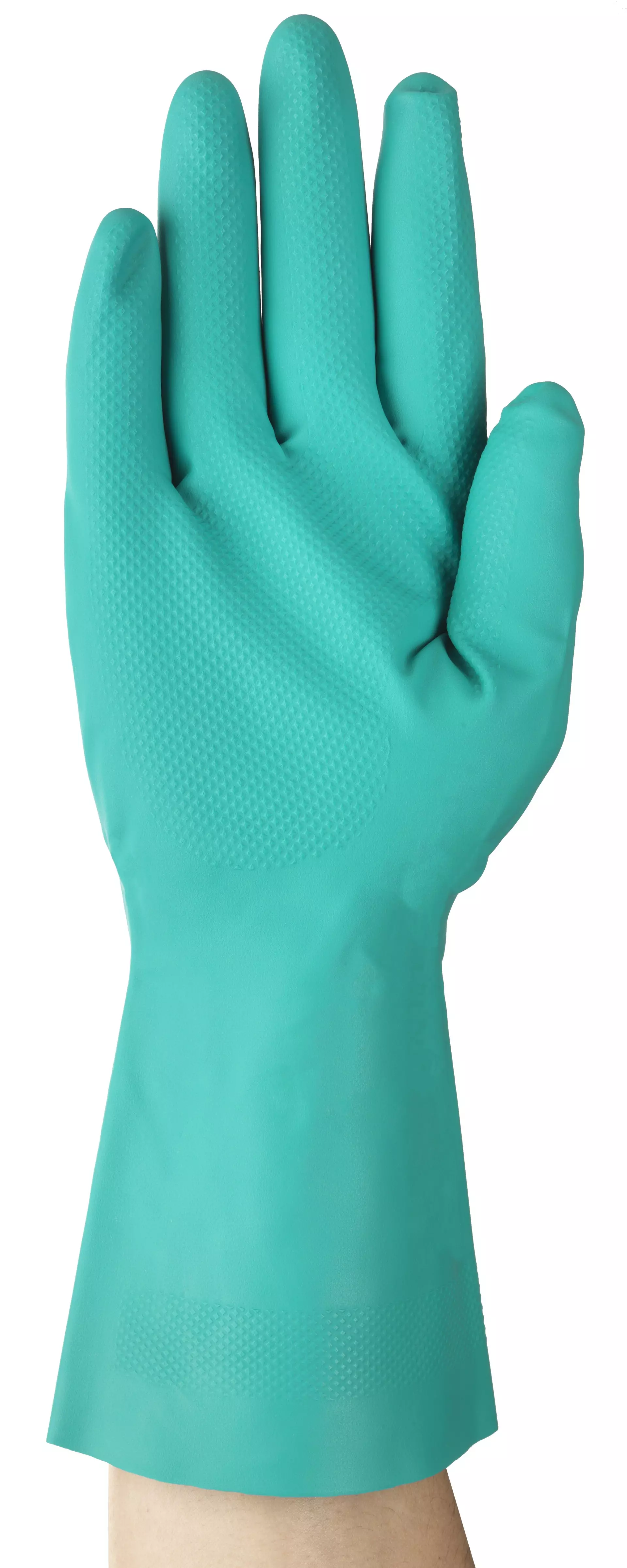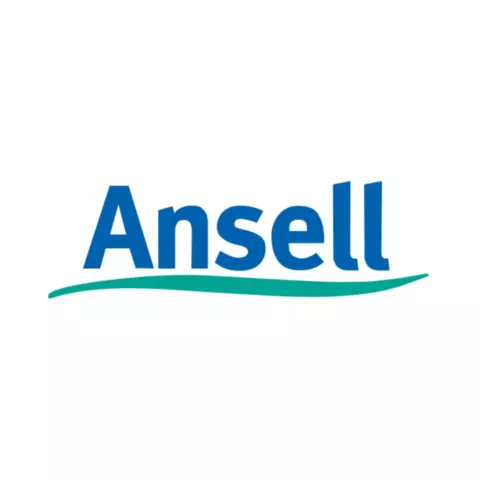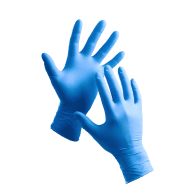AlphaTec 58-330
5.0 / 5
Product description
Description
AlphaTec AQUADRI gloves are engineered with a unique moisture management technology that keeps hands dryer, for significantly longer periods of time.
The design features a two-layered coating construction with a superior nitrile film for advanced chemical protection and an inner soft foam coating, helps feeling the difference especially when sweaty hands are a problem, resulting in an improved user comfort and performance.
Patented AQUADRI technology brings a unique performance in moisture management that significantly reduces sweat build up inside the glove under hot & humid environments.
Recommended for
Assembly & inspection of components
Oil, fluids and filter change
Painting or cleaning tools or robots
Plating, coating, sealing, painting
Handling incoming goods
Transferring liquids and solids
Opening and draining pumps valves or lines
Loading and unloading of proces equipment
Transferring liquids and solids between vessels and tanks and process equipment
Opening furnaces draining pumps valves or lines and crackers BTX process
Cleaning furnaces, distillation pumps, valves or lines and crackers BTX process
Product Details
Antistatic: Not Tested
Available Sizes: 7, 8, 9, 10, 11
Chlorinated: Yes
Coating Color: Green
Coating Material: Nitrile
Construction: Unsupported
Cuff Style: Gauntlet
Grip Design: Reversed Lozenge
Latex Free: Yes
Silicone Free: Yes
Length (Mm/Inches): 320 / 12.6
Palm Thickness (Mm/Mil): 0.37 / 14.6
About Reusable Nitrile Gloves
Reusable Nitrile Gloves offer superior chemical resistance and durability for industrial, laboratory, and food handling tasks. Made from synthetic rubber, these latex-free gloves provide excellent grip and tactile sensitivity while protecting hands from chemicals, oils, and punctures through multiple uses.
- Chemical Resistance
- Cut Resistant
- Food Service
- Electrical Protection
- Slip Resistant
- Antimicrobial Protection
- Hand Protection
Standards and labels
Ansell delivery terms
Free delivery for all Ansell products
485,21 €
Price per 12 packages (144 pairs)
3,37 € / pair
Free delivery
A carton contains 12 packages (144 pairs)






